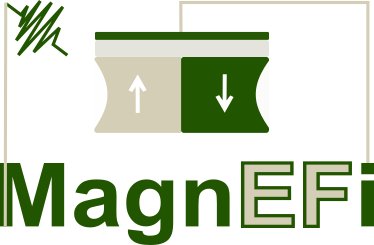The magnetic properties of nanoscale magnetic structures with at least one dimension at the nanometre level, such as ultrathin magnetic metal films (2D), strips (1D) and islands (quasi-0D) are conventionally manipulated by magnetic fields and electric currents. Much is now known about the magnetization reversal of such structures driven by magnetic field- and current-induced torques, and how it may be exploited in magnetic data storage technology or magnetic field sensors. While nanomagnetic devices have the advantages of retaining memory in the off-state and being insensitive to radiation, making technology such as Magnetic Random Access Memories (MRAM) competitive in niche markets, the main obstacle to a more widespread implementation is the large power density, as well as just overall power, required for the magnetization reversal and the subsequent incompatibility with device architectures, and associated energy wastage. In order to create more efficient devices, researchers over the last few years have begun to investigate the effect of E-fields on nanomagnetic structures, with pioneering studies predicting that in combination with a low level of conventional stimulus (magnetic field or electric current), or even using E-fields alone, the reversal of magnetization may be achieved at low power. This has led to spintronic circuits containing magnetic materials modified by E-fields becoming competitive with contemporary electronic integrated circuits (ICs) in terms of their switching energy, and being better in terms of implementing complex logic functions with smaller numbers of elements. The key factor towards making technologies based on nanomagnetic structures competitive with CMOS and other approaches is thus to enhance and diversify the E-field control of magnetism.
In MagnEFi a network of spintronics experts are linked by the ultimate goal of training the next generation workforce in E-field control of magnetism while the scientific goal is to move the field into the next level: integration. Innovative E-field control schemes based on Strain (S), Gating (G) and Light (L) will be thoroughly investigated and combined to produce a new class of enhanced multifunctional spintronics devices with S+G, S+L and G+L capabilities.
